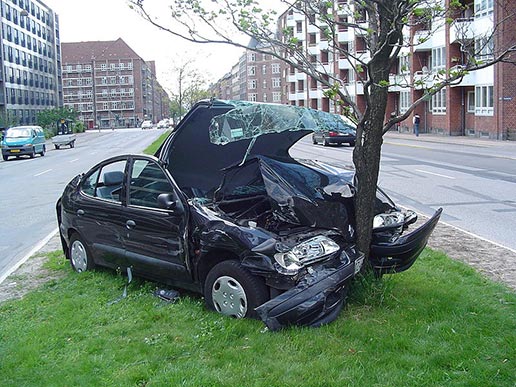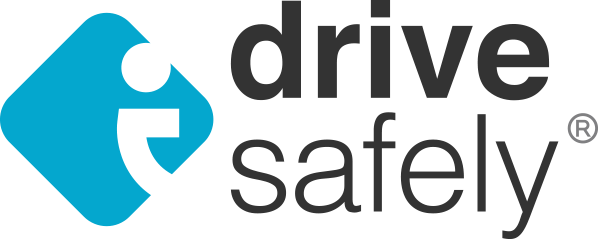
Salvaged vehicles are severely damaged
Salvaged Vehicles in Florida
Sometimes, vehicles can be so damaged in accidents that they are not considered worth repairing. They are commonly referred to as “wrecked” or “salvaged,” and they fall into a special class within Florida’s driver’s services. A vehicle is considered salvaged in Florida if payment has been made to the vehicle owner by an insurance company in order to replace the damage or theft of the vehicle, or an uninsured vehicle has suffered so greatly that repairing it would cost 75-80% more than its current market value.
Salvage Certificate of Title
Salvaged vehicles in Florida are handled differently than non-salvaged vehicles, and will require an entirely new type of title before the owner can legally get rid of it. Within 72 hours of the vehicle being declared as salvaged, the owner (if vehicle is uninsured) or the insurance company must submit the vehicle’s title to Florida’s driver’s services for processing.
When the insurance company gets the Salvage Certificate of Title, it takes the possession of the vehicle where it would be taken for an auction. It is then made available for buyers who are willing to purchase its parts or repair the vehicle itself. For uninsured vehicles, the Salvage Certificate of Title can be obtained either by calling Florida’s driver’s services customer service (850-617-2000), or by downloading an Application for Salvage Title/Certificate of Destruction.
The following should be brought to the tax collector’s office to obtain the certificate:
- Completed Application for Salvage Title/Certificate of Destruction
- Any of the following: vehicle’s original state certificate of title, Manufacturer’s Certificate of Origin, or an out-of-state title
- Required fees (schedule of fees can be obtained from your local office)
When Rebuilding is Possible
Some vehicles have damages that are not extensive enough for them to be dubbed as “salvaged vehicles.” These could range from light damages on wheels, tires, windows, and doors to major damages in the engine.
Once the necessary repair/restoration has been done, owners should submit the restored vehicles to an implementing agency such as state-authorized driver’s license services for inspection. The inspection process may vary from one state to another. Vehicles that have been proven to be safe for use on the road should be re-registered as “rebuilt.”
What’s a “Junked” Vehicle?
“Junked” vehicles have damages that are so extensive that it’s more financially wise to get rid of them and sell their parts. When selling these vehicles to a junkyard, you should figure out certain elements such as who will be handling the dismantling process. Will they be separating metals from non-metals? Does the junkyard have registration and title requirements? Because prices vary from junkyard to junkyard, you should always shop around and look for the best deal.
How to Re-Register a Junk Vehicle
Re-registering a “junked” vehicle in Florida can be done with the following steps:
- Head to your local driver’s license office and ask for the HSMV 82363 form.
- Completely fill out the form, including the name and address of the insurer (if there is any), the vehicle’s identification number (VIN), license plate number, and the market value of the vehicle.
- Submit the filled out form together with the vehicle’s title to Florida driver’s license services for processing.
And that’s all there is to it!










